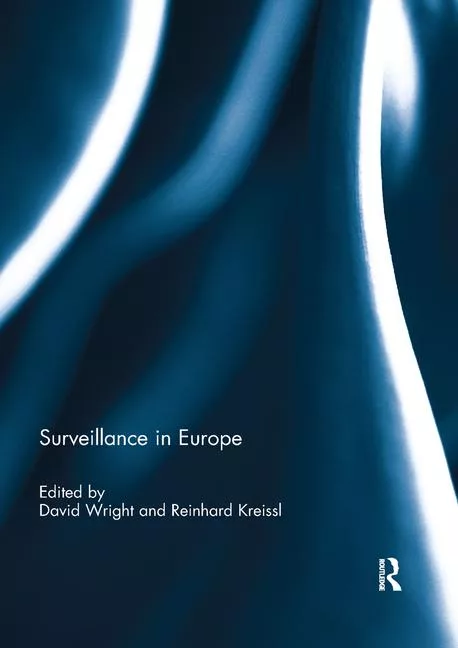Banks Stop $17 Billion in Fraud Attempts in 2016
America’s banks prevented $9 out of every $10 of attempted deposit account fraud in 2016, according to the 2017 American Bankers Association Deposit Account Fraud Survey Report.
acing increasingly sophisticated fraud schemes, banks have responded by investing in new technologies and enhancing overall customer protections.
acing increasingly sophisticated fraud schemes, banks have responded by investing in new technologies and enhancing overall customer protections.
“Fraud prevention never stops,” said James Chessen, executive vice president of ABA’s Center for Payments and Cybersecurity. “Banks are constantly monitoring for patterns and trends and quickly evolving their techniques to stay a step ahead of fraudsters.” 
According to the survey, attempted fraud against bank deposit accounts reached $19.1 billion in 2016, up from $12.9 billion in 2014. Despite that 48 percent increase over the two-year period, industry fraud losses only rose 16 percent to $2.2 billion. Depending on the circumstances, most consumers are fully protected from ever facing any of those losses.
Debit card fraud accounted for 58 percent — or $1.3 billion — of losses for the industry, which is consistent with the previous survey in 2014. However, check fraud (35 percent of fraud losses) has increased, particularly at larger banks, marking the first increase in this category since 2008.
“Fraud moves like water trying to find cracks in the system,” said Chessen. “We have long anticipated that fraudsters would change their tactics once chip card technology was implemented in the U.S. The survey shows attacks have shifted more to other payment platforms like checks and online transactions.”
The remaining 7 percent of fraud losses for banks were attributable to online banking and other electronic transactions, such as wire and ACH payments that were not initiated online.
While counterfeit cards remained the leading type of debit card fraud, card-not-present’s share increased to 30 percent of debit fraud loss from 15 percent two years ago. Sixty-five percent of respondents experienced gas pump skimming attempts in 2016, while 54 percent experienced ATM skimming attempts. The most common check fraud categories were counterfeit checks and return deposited items.
Looking for a reprint of this article?
From high-res PDFs to custom plaques, order your copy today!




